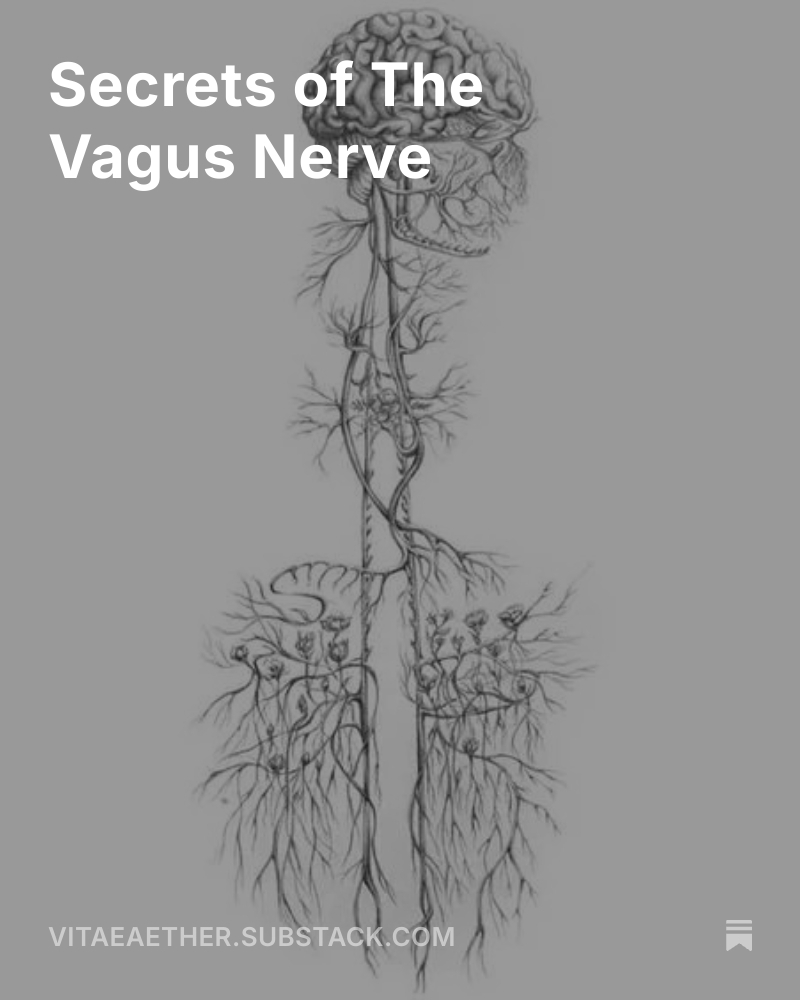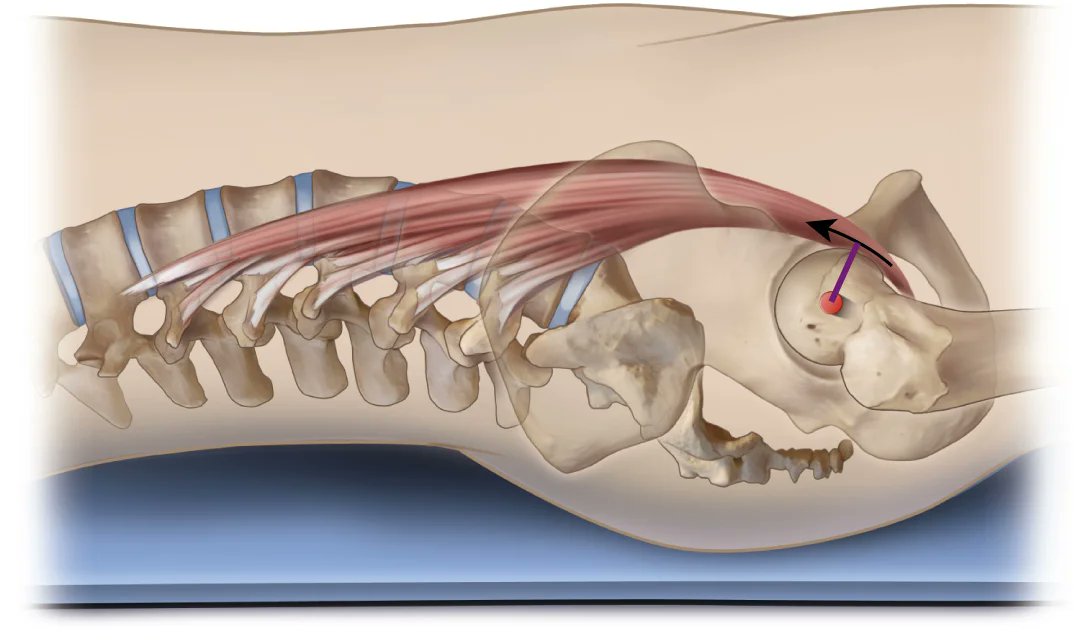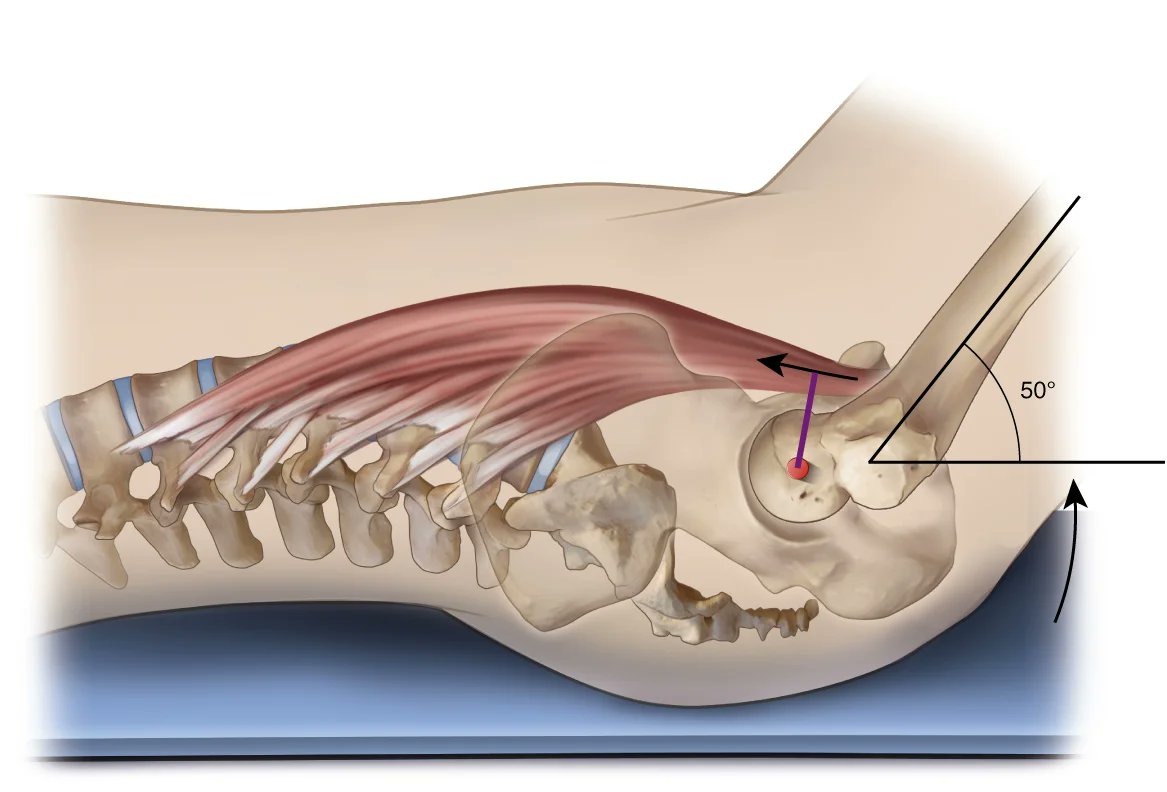Dopamine is what allows you to ascend from your ape form while simultaneously infusing your life with effortless wonder and magic. Existence itself becomes beautiful and every moment in time feels like a gift. Here are some of my favorite ways to increase dopamine… 

Sunlight
Bright midday sun is irreplaceable for dopamine as UV light is involved in a number of dopaminergic adaptations. The sun is king but supplemental UV light during winter months can help provide a bit of a boost.

Bright midday sun is irreplaceable for dopamine as UV light is involved in a number of dopaminergic adaptations. The sun is king but supplemental UV light during winter months can help provide a bit of a boost.
https://x.com/spheno_xiphoid/status/1881755033316049086


A Happy Gut
When your gut is bothered serotonin is secreted in response, somewhat of an antagonist to dopamine. Long term gut issues shift the brain away from dopamine and towards serotonin.
When your gut is bothered serotonin is secreted in response, somewhat of an antagonist to dopamine. Long term gut issues shift the brain away from dopamine and towards serotonin.
https://x.com/spheno_xiphoid/status/1791861919667880201
Phenylalanine/Tyrosine
Dopamine is made from the essential amino acid phenylalanine, which must come from the diet. Consuming plenty of phenylalanine or tyrosine through food or supplementation provides a substrate for you to make dopamine.
500-1000 mg/day (phenylalanine).
Dopamine is made from the essential amino acid phenylalanine, which must come from the diet. Consuming plenty of phenylalanine or tyrosine through food or supplementation provides a substrate for you to make dopamine.
500-1000 mg/day (phenylalanine).

Glucose
All neurons, including dopaminergic ones, run exclusively on glucose oxidation. If they don’t have glucose they simply will not be able to function. A sugar high is real and it's good for you.

All neurons, including dopaminergic ones, run exclusively on glucose oxidation. If they don’t have glucose they simply will not be able to function. A sugar high is real and it's good for you.


Thiamine
Thiamine does a number of things for dopamine including enabling glucose oxidation in the brain. Thiamine is one of the simplest yet most comprehensive ways to increase dopamine.
50-500 mg/day (HCl); 100 mg/day (TTFD).


Thiamine does a number of things for dopamine including enabling glucose oxidation in the brain. Thiamine is one of the simplest yet most comprehensive ways to increase dopamine.
50-500 mg/day (HCl); 100 mg/day (TTFD).
https://x.com/spheno_xiphoid/status/1796930941707079796


Riboflavin/Niacinamide
Vitamins B2 and B3 are needed for many things, including BH4 regeneration, metabolism within neurons, and regulating/protecting against oxidative stress in neurons.
50-100 mg, 2-3 times/day for each.

Vitamins B2 and B3 are needed for many things, including BH4 regeneration, metabolism within neurons, and regulating/protecting against oxidative stress in neurons.
50-100 mg, 2-3 times/day for each.


B6
Vitamin B6 is needed for the enzyme that converts L-DOPA into dopamine. It should be taken alongside other B vitamins (mainly B2) for best effects and mitigating side effects. P5P is the active form,
5-15 mg/day (P5P)

Vitamin B6 is needed for the enzyme that converts L-DOPA into dopamine. It should be taken alongside other B vitamins (mainly B2) for best effects and mitigating side effects. P5P is the active form,
5-15 mg/day (P5P)


Vitamin C
Vitamin C can help increase dopamine synthesis by helping regenerate BH4 and protecting dopamine from oxidation. Best sourced from foods, vitamin C supplements can also be used for convenience.
500-5000 mg/day (higher doses may cause GI turbulence)

Vitamin C can help increase dopamine synthesis by helping regenerate BH4 and protecting dopamine from oxidation. Best sourced from foods, vitamin C supplements can also be used for convenience.
500-5000 mg/day (higher doses may cause GI turbulence)


Caffeine
Caffeine is one of the most popular dopaminergic supplements in the world, because it works. Unless you are a literal child there is no reason not to consume caffeine on a daily basis. Coffee, tea, energy drinks, caffeine pills, whatever you need to get your fix.

Caffeine is one of the most popular dopaminergic supplements in the world, because it works. Unless you are a literal child there is no reason not to consume caffeine on a daily basis. Coffee, tea, energy drinks, caffeine pills, whatever you need to get your fix.


Creatine
Functioning as an energy buffer, creatine is protective of nerves and can help keep them working as they need to. The increased brain ATP can also indirectly help with dopamine synthesis as well.
10+ g/day (monohydrate)

Functioning as an energy buffer, creatine is protective of nerves and can help keep them working as they need to. The increased brain ATP can also indirectly help with dopamine synthesis as well.
10+ g/day (monohydrate)


Thyroid
Tyrosine (from phenylalanine) is the precursor to both dopamine and thyroid hormones. Thyroid hormones themselves can help with dopamine in the brain by increasing the ability to oxidize glucose and increasing ATP availability. Just a few mcg (T3) will do.

Tyrosine (from phenylalanine) is the precursor to both dopamine and thyroid hormones. Thyroid hormones themselves can help with dopamine in the brain by increasing the ability to oxidize glucose and increasing ATP availability. Just a few mcg (T3) will do.


Anything that significantly increases glucose oxidation will have a positive effect on dopamine synthesis by improving the function of neurons and increasing available ATP for dopamine production. Pyrucet (pyruvate) is one such example. 



Bromantane
Bromantane is an adaptogenic nootropic developed by the Soviets. It can significantly increase dopamine by upregulating tyrosine hydroxylase and DOPA decarboxylase enzymes while also elevating nerve growth factors. It is best combined with phenylalanine or tyrosine.
<50 mg/day

Bromantane is an adaptogenic nootropic developed by the Soviets. It can significantly increase dopamine by upregulating tyrosine hydroxylase and DOPA decarboxylase enzymes while also elevating nerve growth factors. It is best combined with phenylalanine or tyrosine.
<50 mg/day


Some honorable mentions:
-9-me-bc
-Theacrine
-Cistanche
-Forskolin
-Catuaba
-Uridine
-9-me-bc
-Theacrine
-Cistanche
-Forskolin
-Catuaba
-Uridine
Related threads:
https://x.com/spheno_xiphoid/status/1851298926537683291
What are some of your favorite pro-dopamine substances?
• • •
Missing some Tweet in this thread? You can try to
force a refresh
























